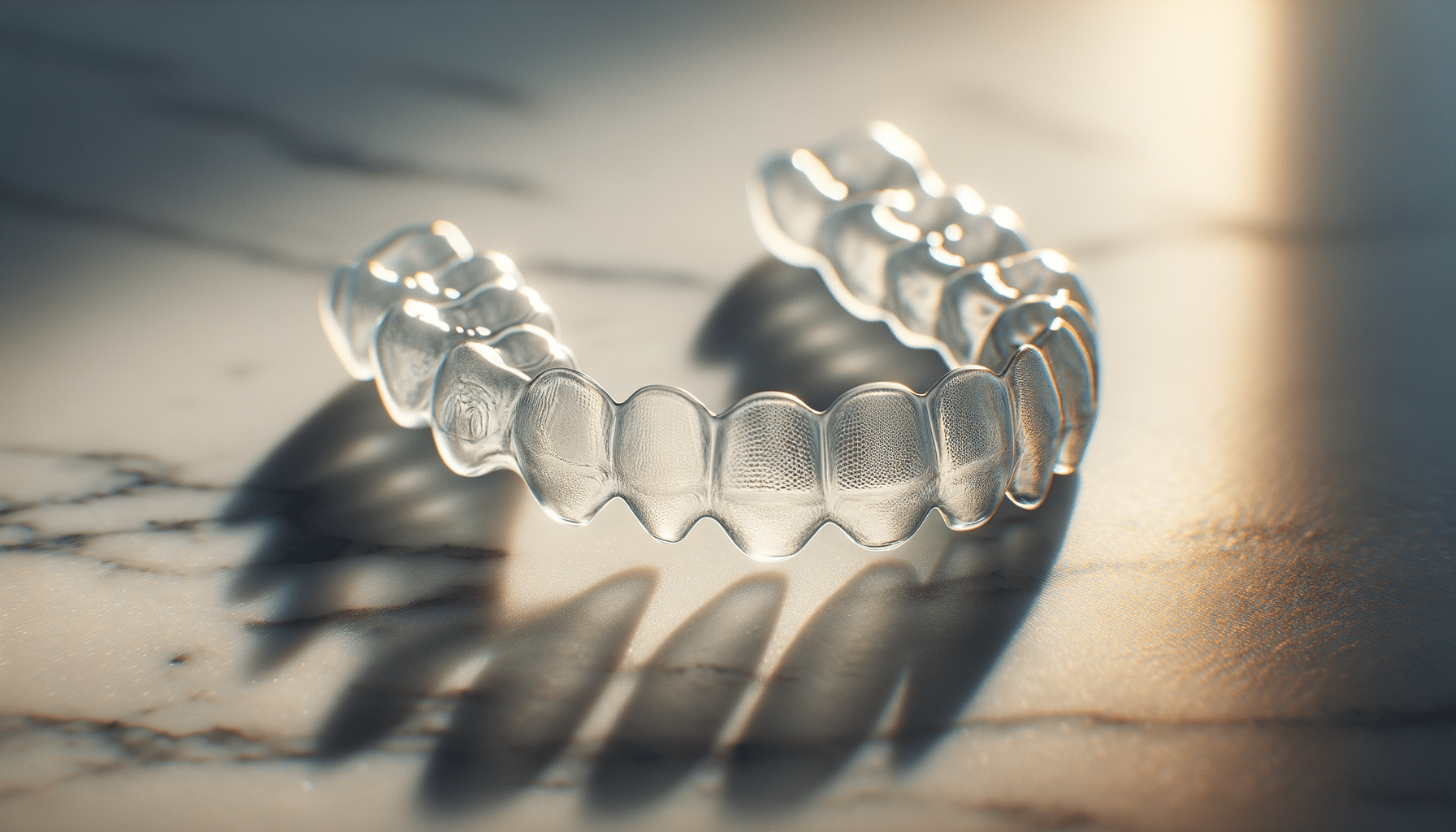
Choosing the Right Invisalign Provider: Key Considerations
Introduction to Orthodontics and Clear Aligners
Orthodontics is a specialized field of dentistry focused on diagnosing, preventing, and correcting misaligned teeth and jaws. With advancements in dental technology, traditional metal braces are no longer the sole option for teeth straightening. Among the top options, clear aligners have emerged as a popular choice due to their discreet appearance and convenience. Clear aligners, often referred to as invisible braces, offer a modern solution to achieve a perfect smile without the noticeable hardware of traditional methods.
As more people seek orthodontic treatments, understanding the benefits and considerations of different options becomes vital. This article delves into the essential factors to consider when choosing an Invisalign provider, a clear aligner brand that has gained significant popularity in recent years.
Understanding Clear Aligners
Clear aligners are an innovative orthodontic treatment designed to straighten teeth using a series of custom-made, removable trays. These trays are made from transparent plastic, making them a subtle alternative to metal braces. The primary appeal of clear aligners lies in their ability to correct dental issues while remaining virtually invisible.
Clear aligners work by applying gentle, consistent pressure on the teeth, gradually shifting them into the desired position. Patients typically receive a new set of aligners every few weeks, allowing for incremental adjustments. This method not only enhances comfort but also reduces the frequency of visits to the orthodontist compared to traditional braces.
Some key benefits of clear aligners include:
- Discreet appearance, making them suitable for adults and teens.
- Removability, allowing for easy cleaning and maintenance of oral hygiene.
- No dietary restrictions, as aligners can be removed during meals.
However, the success of clear aligners depends significantly on the patient’s commitment to wearing them for the recommended 20-22 hours per day. Additionally, not all dental issues can be addressed with clear aligners, making a professional consultation essential to determine suitability.
Key Considerations When Choosing an Invisalign Provider
Choosing the right Invisalign provider is crucial to ensure a successful treatment outcome. Here are some factors to consider:
Experience and Certification: It’s important to select a provider who is certified and has extensive experience with Invisalign treatments. Experienced providers are more likely to handle complex cases effectively and provide optimal results.
Patient Reviews and Testimonials: Reading reviews and testimonials from past patients can provide insights into the provider’s quality of care and patient satisfaction. Positive feedback often indicates a reputable and reliable provider.
Treatment Costs and Financing Options: Invisalign treatment costs can vary based on the complexity of the case and the provider’s pricing structure. It’s advisable to inquire about the total cost and explore available financing options to make the treatment more affordable.
By carefully evaluating these factors, patients can make an informed decision and choose a provider who meets their needs and expectations.
Comparing Invisalign with Traditional Braces
When it comes to teeth straightening, both Invisalign and traditional braces have their unique advantages. Understanding these differences can help patients make an informed choice.
Appearance: Invisalign aligners are clear and less noticeable than metal braces. This makes them a preferred choice for those concerned about aesthetics, especially adults and professionals.
Comfort: Invisalign aligners are made from smooth plastic, reducing the likelihood of mouth irritation and discomfort that can occur with metal braces.
Maintenance: Invisalign aligners can be removed for cleaning, allowing for better oral hygiene. In contrast, traditional braces require special tools and techniques to clean around brackets and wires.
However, traditional braces may be more effective for complex dental issues that require precise control over tooth movement. Consulting with an orthodontist can help determine which treatment is more suitable for individual needs.
Conclusion: Making the Right Choice for Your Smile
Choosing the right orthodontic treatment is a significant decision that can impact one’s confidence and oral health. Invisalign offers a modern, convenient solution for teeth straightening, but selecting the right provider is crucial to achieving the desired results.
By considering factors such as experience, patient reviews, and treatment costs, individuals can make an informed choice and embark on their journey to a straighter, healthier smile. Whether opting for Invisalign or traditional braces, consulting with a qualified orthodontist will ensure the best possible outcome for your unique dental needs.


